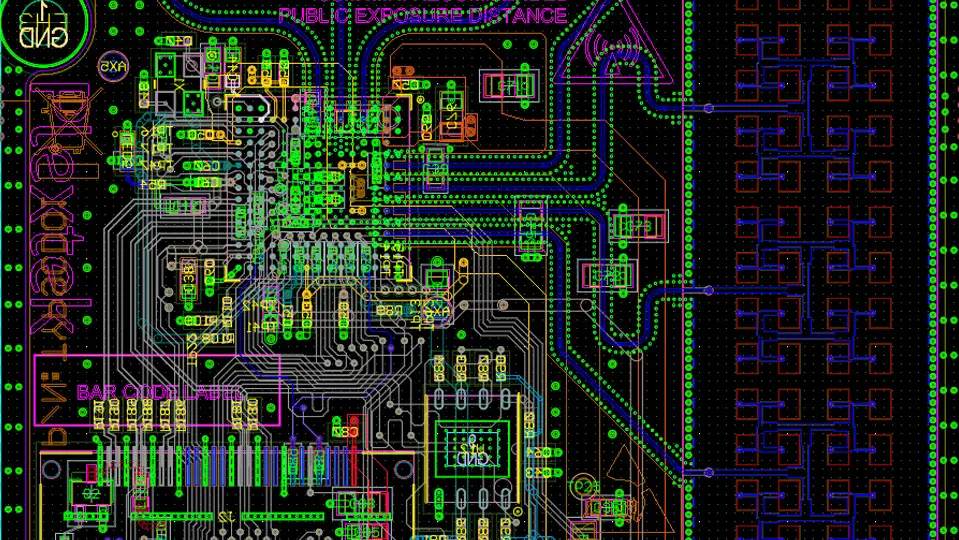
Multi-static and Passive Radar
Tailoring radar systems to the unique requirements of different applications
As it uses multiple, physically separate, transmit and receive systems, multi-static radar is useful when the coverage area needs to be maximised – or areas of individual coverage can be overlapped to improve resilience and redundancy.
The flexibility to deploy transmitter and receiver elements independently allows for customised coverage and adaptability to changing operational requirements. In addition, the receivers can be low size, weight, power (SWaP) and cost – so many of them can be deployed.
In contrast, a passive radar system does not incorporate a dedicated transmitter – the system relies on detecting and processing signals from other sources, such as digital radio and television broadcasts.
The absence of a dedicated transmitter reduces the cost of a passive radar system – and removes the need for a transmission licence. As passive radar systems do not emit electromagnetic signals, they are also harder to detect and therefore less susceptible to electronic countermeasures.
Real-world challenges
Key skills

-
RF system design
Design of the receiver nodes, with both hardware and signal processing algorithms used to generate detections.
-
Low SWaP and cost radar design
Ensuring that the receiver nodes are low SWaP and low cost allows more receivers to be deployed either to maximise coverage or provide redundancy.
-
Data fusion
Our bespoke data fusion engine combines detections from multiple receiver nodes across a network to enable 3D tracking of targets.
-
IoT framework
Design of the data link used to transmit detection from the receiver nodes to the data fusion engine.
What sets us apart when it comes to multi-static and passive radar?
Plextek is actively involved in research and development of the emerging technology of multistatic and passive radar systems – bringing together its world-class experts in relevant fields, including:
- Multistatic radar
- Passive radar
- Distributed RF sensing
- Radar networks
- Signal of opportunity
- Green radar
- Wide-area sensing
- Covert surveillance
- Data fusion


































